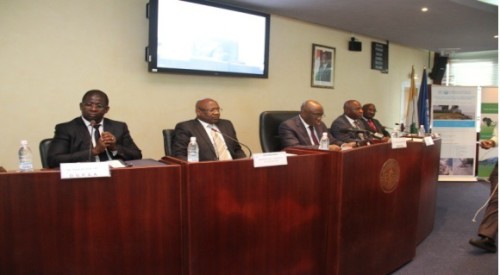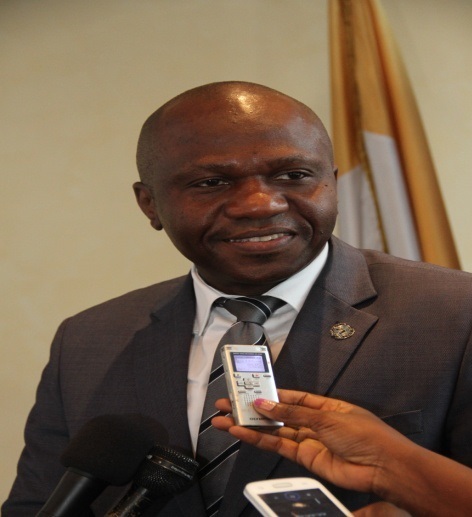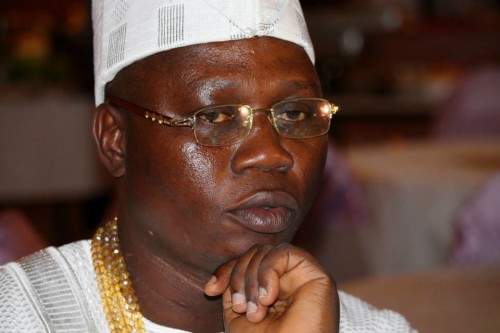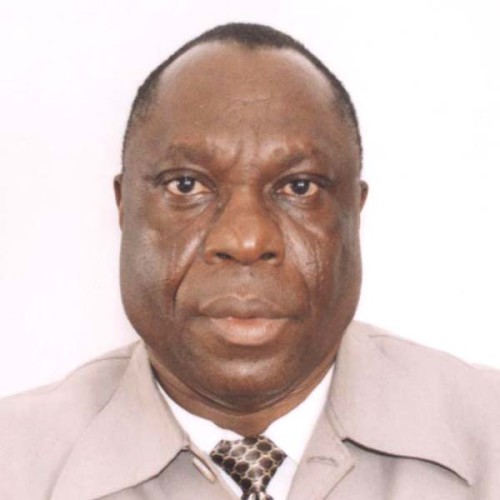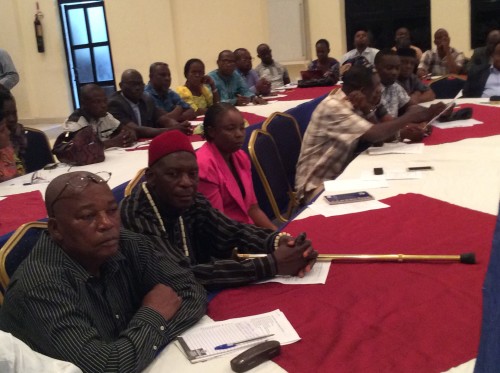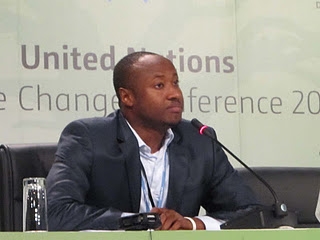Lagos-based estate valuer and legal practitioner, Solomon Olusola Fatoki, in this presentation a couple of weeks ago at a meeting of Archivers’ Table of Ikeja Club, examines the role of housing in national development, calling for a stable and enduring policy to address inherent challenges

Next to food, clothing and security, housing is the next basic need to human beings all over the world. Man wants to have a roof over his head to protect him from rain, heat, wind and other elements of nature.
Housing provides shelter. Whereas shelter is a necessity of life, every government strives to provide housing for her citizens.
But, upon closer examination, it shows that the meaning of “Housing” transcends shelter. Housing has been used as a medium to reflect the owner’s social class.
There are various designs of housing especially in a complex and capitalistic country like Nigeria. What obtains in the South is different from the North as a result of social, cultural, geographical and religious inclination.
The Northerners have tall and flat roofed buildings with no or small openings to reduce the prevailing heat. The Southerners have compact buildings roofed with well-defined run-offs in readiness for the rain. All these imply that housing accommodate more than people.
Apart from the above attributes of housing, it is also a durable investment and an hedge over inflation. It is a valuable asset which projects the image of its owner. Furthermore, housing is a valuable consumer good, thus it provides supplementary income for the investors.
A large housing stock is important in a nation’s economy. A well housed working populace will put in its best and increase productivity which in turn increases the Gross National Product level. With satisfactory housing both in urban and rural areas and with job opportunities, mobility of labour will be greatly enhanced.
The Challenges
It is however saddening to note that despite the attributes of housing, its place is lamentable in Nigeria. Past efforts by governments at various levels to ensure adequate housing have met with huge failure rather than successes, gulping billions of naira in the process. Our government must have the political will to solve the problem of housing than the lip service being paid to it.
The country’s housing shortage is put at about 18 million by various government officials and experts. I wonder how we can achieve Housing-For-All in 2020 with this figure which keep rising.
Most of the laudable proposals for housing in our previous National Development plans and various policies have not achieve any meaningful goal till date.
Presently, our National Housing Policy lays emphasis on urban sector to the detriment of rural sectors. This should be corrected in future housing policy as larger percentage of our population still depends on agriculture for their livelihood and live in small rural communities.
A lot of Nigerians still live in houses with the worst housing conditions. Go to some parts of our major cities of Lagos, Ibadan, Port Harcourt and the satellite towns in Abuja, among others. A lot of people live in slum areas.
Aside the period of Alhaji Lateef Jakande in Lagos and few other efforts nothing significant has been done to reduce the housing needs of majority of the Nigerian masses. Houses being built by governments and her various agencies like the Federal Housing Authority (FHA), Lagos State Development and Property Corporation (LSDPC), among others are beyond the reach of average Nigerians.
The reasons for this range from bad planning, lack of effective housing finance and problems of land provision to lack of adequate infrastructural services, poor designs and construction, and lack of development of our local building materials, among others.
Possible Way Forward
There is need for a stable and enduring housing policy in Nigeria. This will go a long way in discouraging drift of people from rural areas into urban areas.
Problem of housing in both urban and rural areas in Nigeria is assuming alarming rate day by day. Whereas in urban areas, the problem is mainly quantitative, while in rural areas the problem is qualitative.
In order to have improved and increased housing stock, our governments should urgently address the following:
- Need for adequate policy development and Initiation: There is need for people-oriented housing policy by the government. Such policy must encourage a balanced mixture of public and private efforts in housing provision.
- Housing Finance: Another important factor that is essential to housing delivery is funding. There is need for adequate financial policies geared towards housing delivery. These could be through: (a) Well-funded Mortgage – The Federal Mortgage Bank which was largely responsible for housing loan provision has not performed to the expectation of the Nigerian citizens. So also are the Primary Mortgage Institutions (PMIs). (b) Involvement of commercial banks – Our commercial banks should have loanable funds for housing at lower interest rates. (c) Encouragement of mutual savings – This is an open-end investment system where the funds of the shareholders are invested for housing purposes only. Savings / Loan Associations, Co-operative / Thrift Societies should also invest in housing. Insurance companies are also encouraged to increase investment in housing. The various state agencies responsible for housing should be revived and revitalised.
- Land Provision: There must an equitable land reform in the country. Such reform would make land acquisition by ordinary citizen easy and more secured than what we have now. The Land Use Act must be reviewed as already canvassed by the various stakeholders in the building industry. Cost of land acquisition and registration must be affordable. The menace of “Omo-onile” must be curtailed if we must have improved housing delivery.
- Infrastructural Services: Housing requires infrastructural services such as road, water supply, electricity, communication facilities and waste disposals, among others. Government through her various agencies should provide these services. It will go a long way in opening up the neglected areas. Private individuals and investors could also assist in the provision of these infrastructures.
- Design, Construction and Building Materials: Adoption of simple design and construction as well as local building materials by governments, private investors and individuals, will also make housing readily available to the masses of this country. Simple designs and constructions will also reduce wastages being witnessed by most of us.
One effective way to achieve the goal of affordable housing-for-all is to drastically reduce our dependence on foreign building materials by concentrating on the intensive development and promotion of local materials. These include burnt clay bricks, lime in place of cement, timber and fibre roofing sheet, which have been tested by various Research Institutes like the Raw Materials Research and Development Council (RMRDC) and Federal Institute of Industrial Research Oshodi (FIIRO) but not fully utilised till date.
Nigeria has about 24 brick plants which have almost closed down for lack of patronage. Government should reactivate them and also lead in using these materials. Bricks have been successfully utilised in Zimbabwe, Tanzania and Kenya. They have succeeded in bringing down cost of building and the reduction in the use of cement. We could also have mud houses with good foundation and columns for adequate strength, among other designs already developed by our research institutes, but not used.
Conclusion
The issue of housing-for-all requires dynamic and people-oriented government with a human face. The government must be prepared to ensure adequate policy, land provision, easy funding, infrastructural services and encourage use of simple design, construction and utilisation of local materials.
Finally, the Bible says in Psalm 127 that “Except the Lord build the house, they labour in vain that build it: except the Lord keep the city, the watch-man waketh but in vain” – King James Version.
We shall not build ours in vain and God shall be the foundation of our building. Therefore, a pragmatic approach by us all is needed to solve our housing problem.

